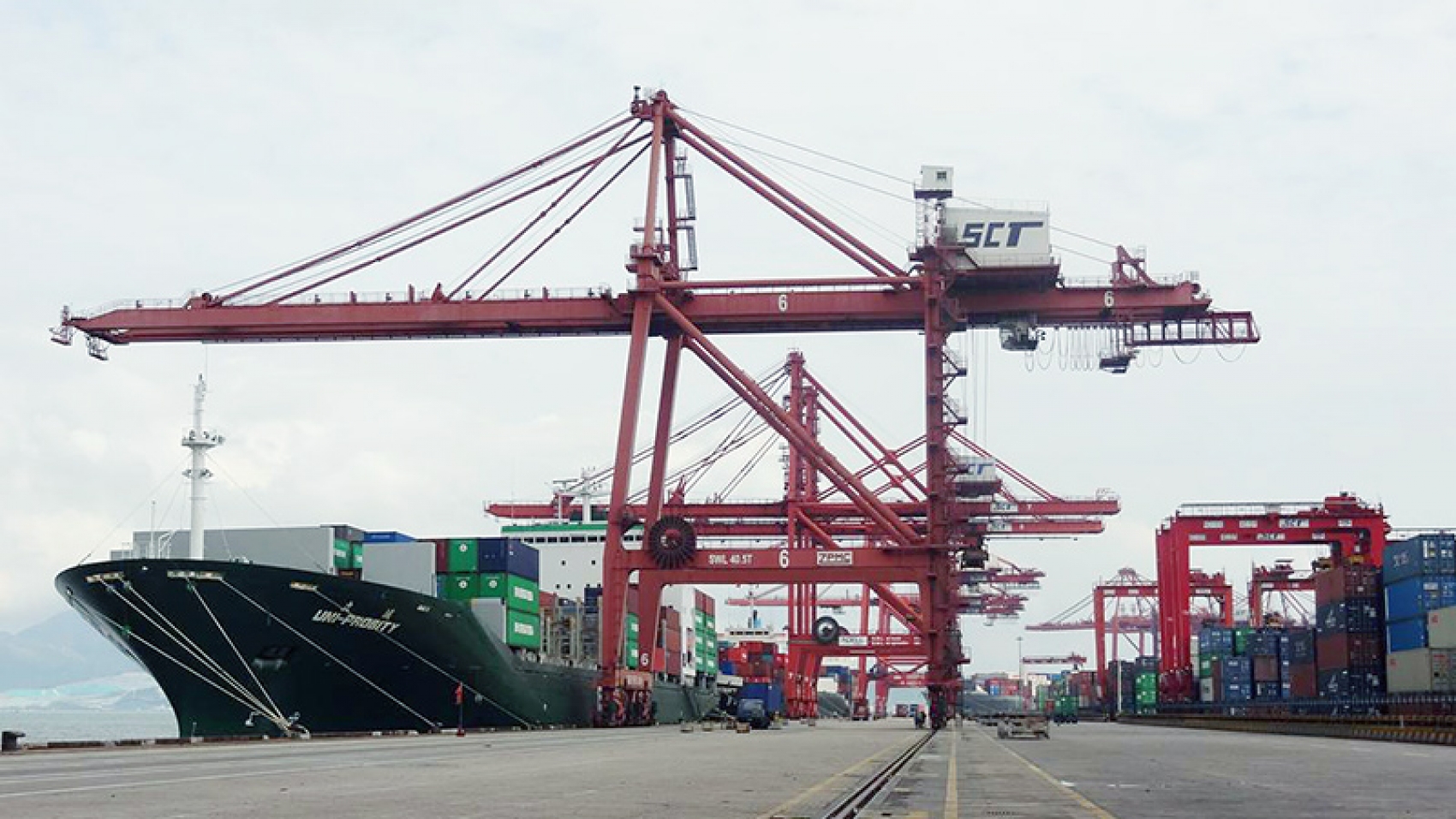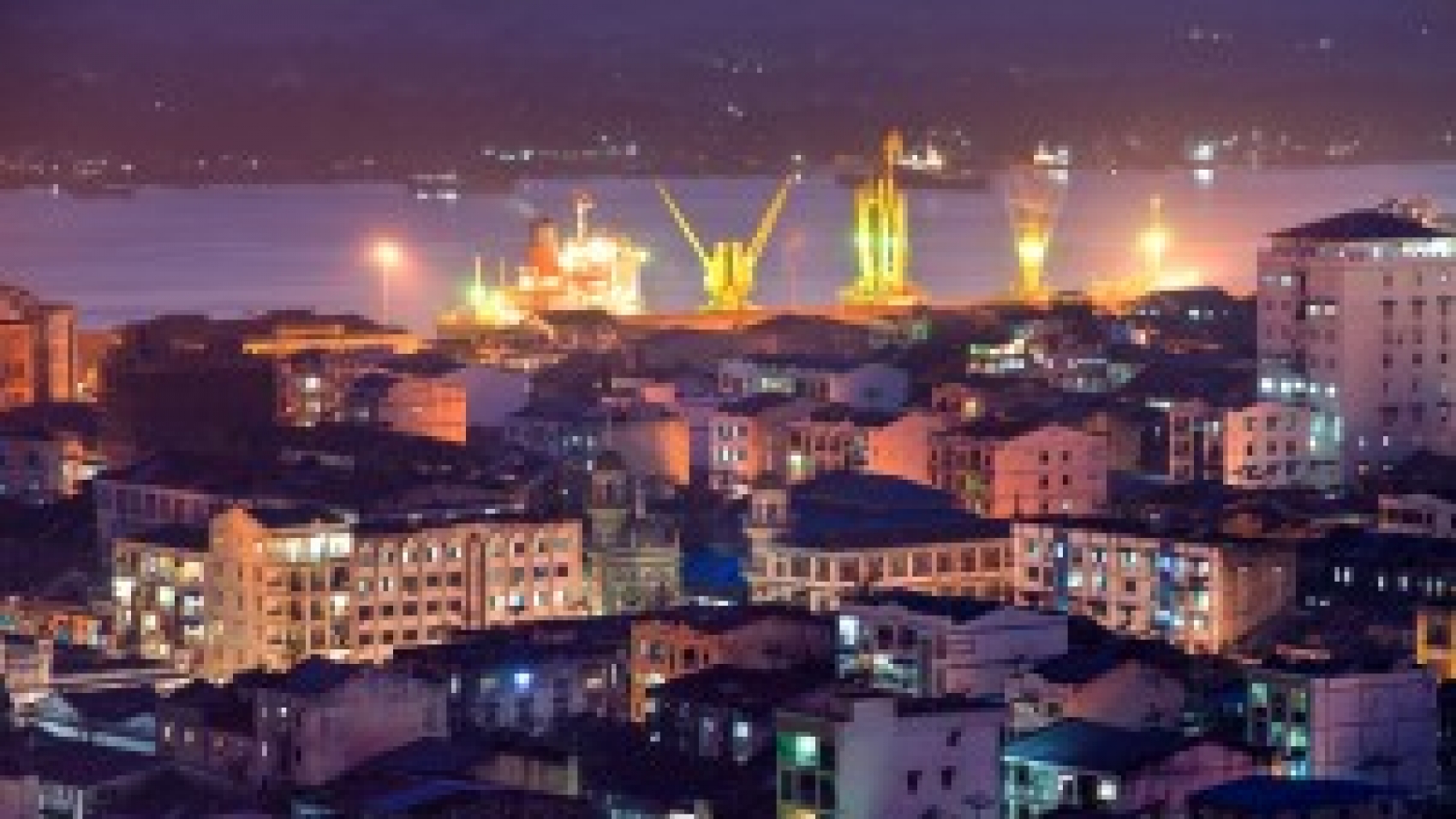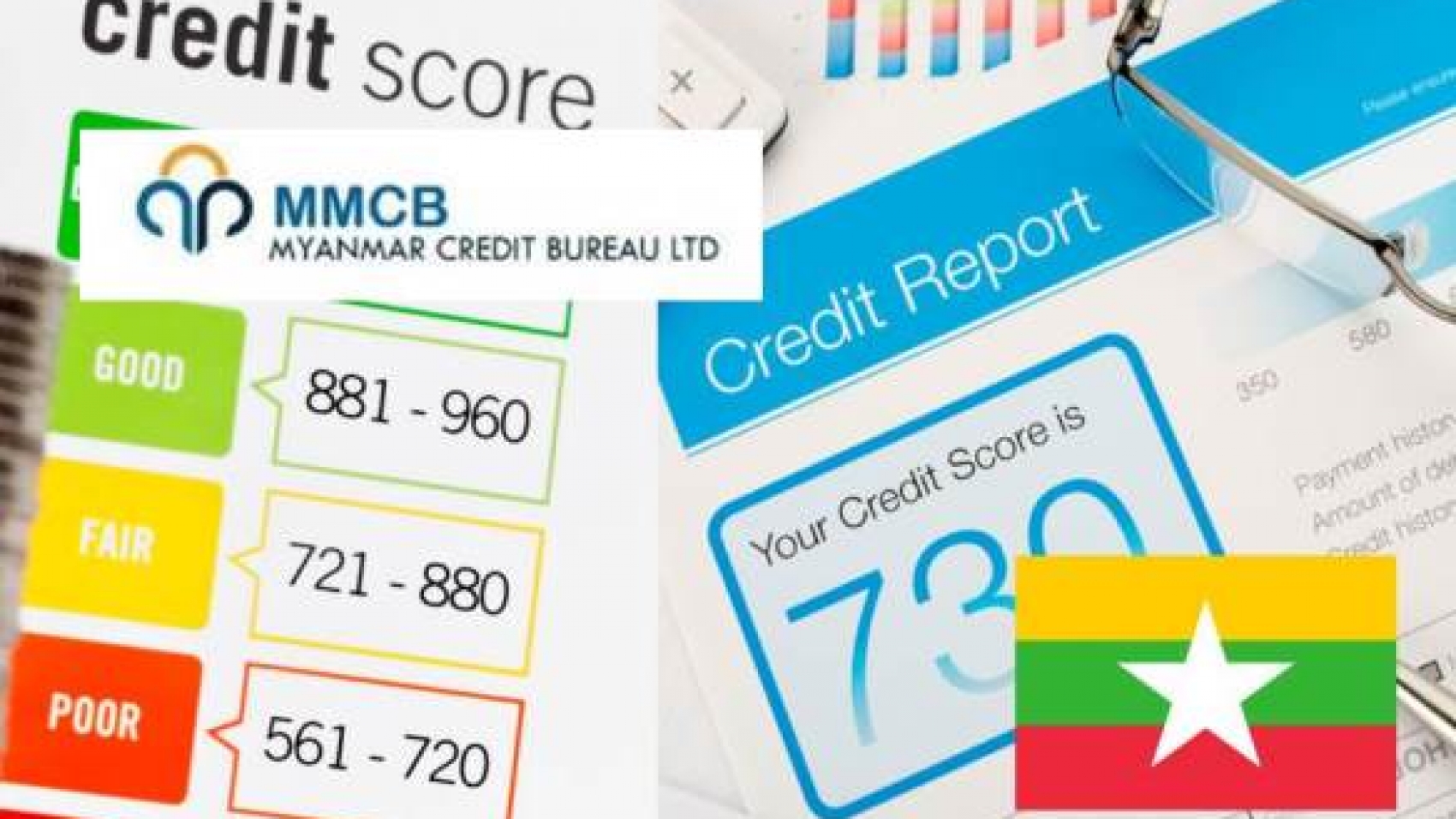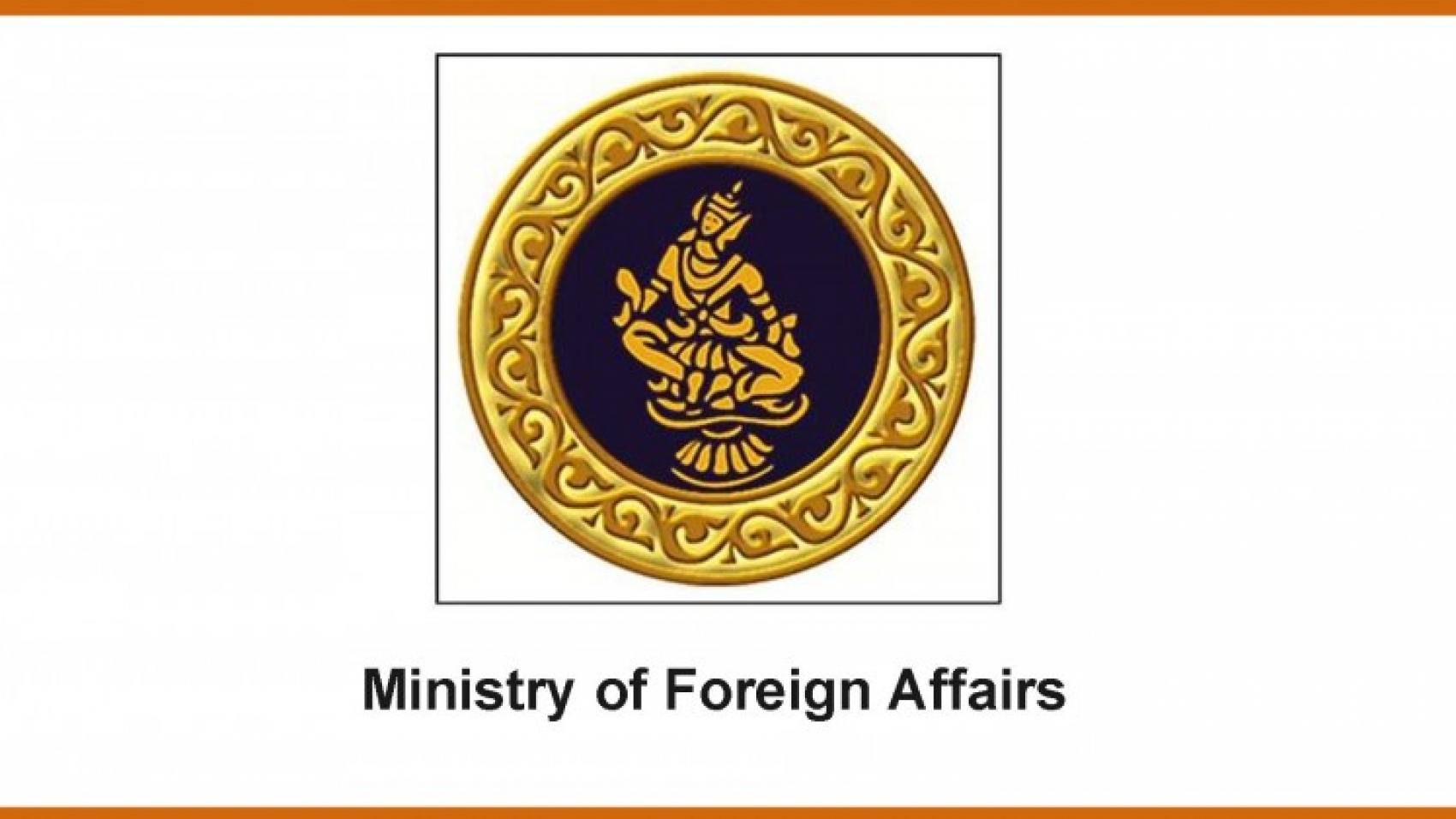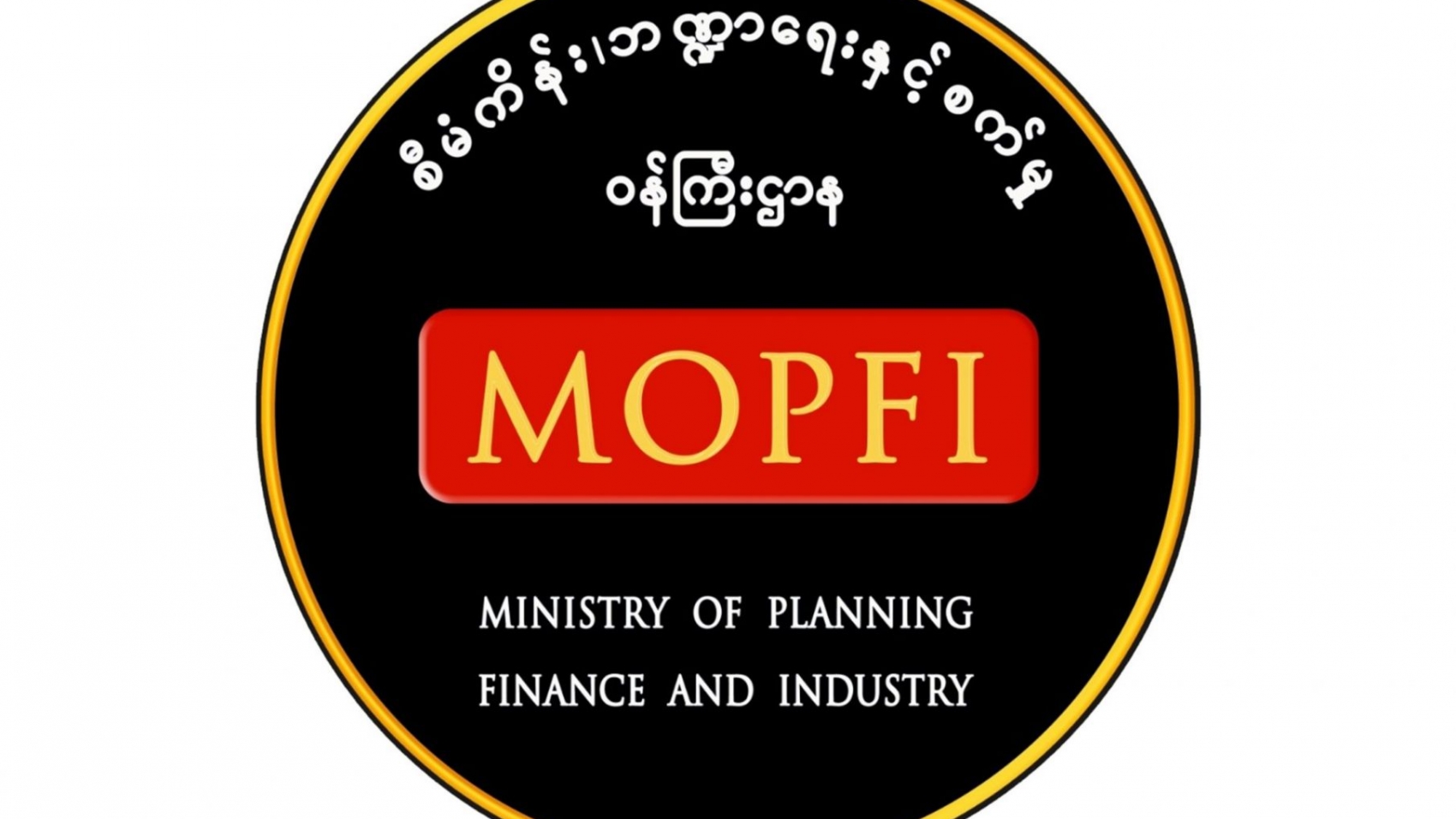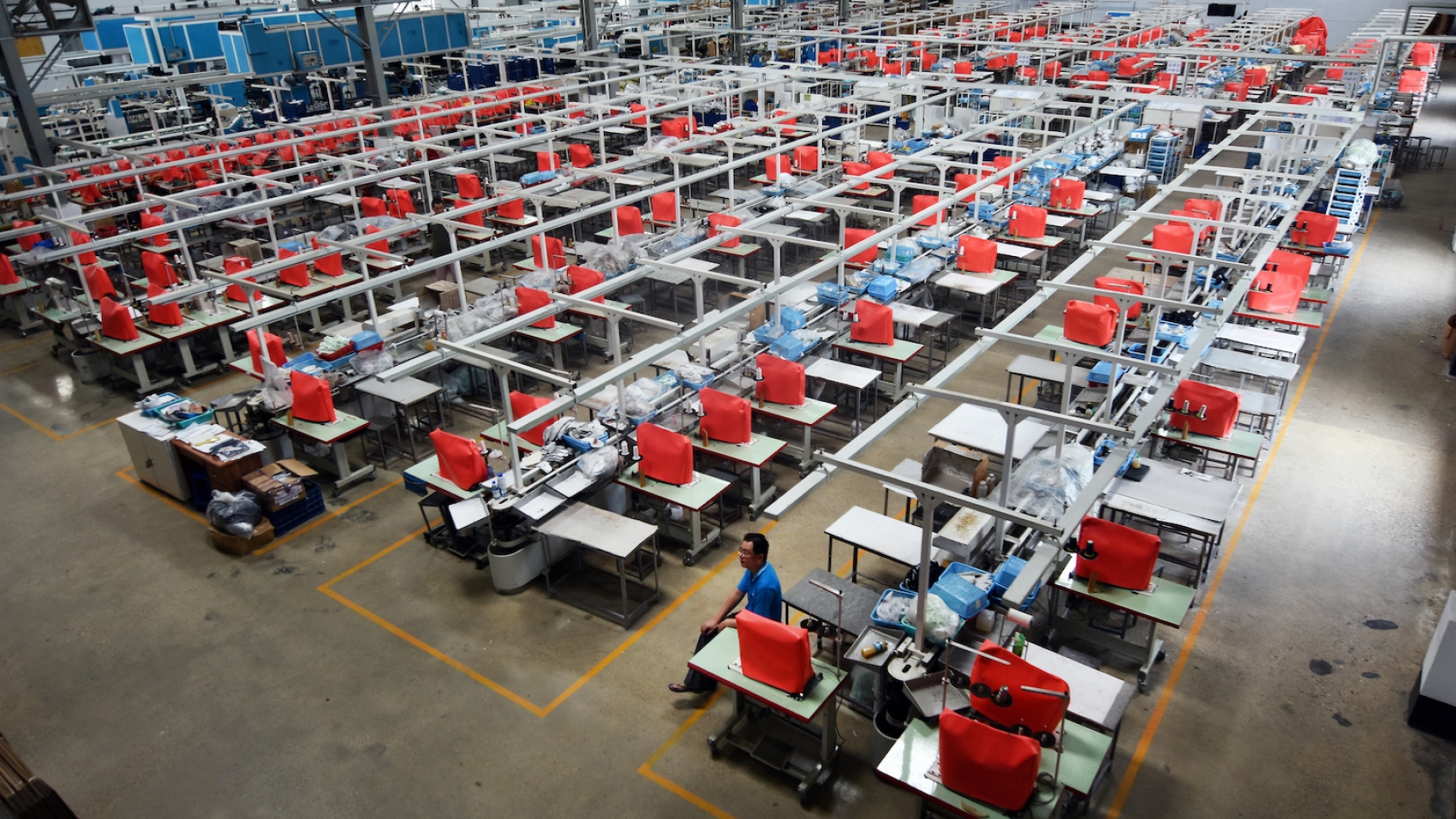The year 2020 has not been a great one for the Myanmar economy, with GDP growth slowing and unemployment on the rise. Due to the slowdown in economic growth, poverty rates are forecast to increase from 22.4pc in fiscal 2018-19 to 27pc in fiscal 2020-21, according to the World Bank. With limited savings, many poor households are being forced to reduce their food and non-food consumption in order to cope with income and job losses. Still, the pandemic spurred developments on several fronts, ten of which are listed below:
1.Economy goes online
From food deliveries to the sale of plants and jewelry, COVID-19 forced both businesses and consumers to move online this year. So the number of businesses that have moved online has doubled since the pandemic. This year, Statistica is also projecting a 7.1 percent increase in digital transactions and a 19.7pc rise in the number of users adopting digital modes of payment and transfers in Myanmar. The Myanmar government has also moved key administrative functions such as company registrations, tax filing and trade licensing online.
Renewals and fee payments for some permits as well as marketing and promotions for local trade and tourism are now being conducted online. Payments to vulnerable households under the government’s COVID-19 Economic Relief Plan were also distributed through mobile platforms, while social security payments, loans for farmers, emergency funds for garment workers and financial relief for street vendors were disbursed digitally.
2. Central Bank lowers interest rates
The Central Bank of Myanmar (CBM) slashed interest rates by another 1.5pc in April, making it the third time it has done so since COVID-19 was declared as a global pandemic. The decision to cut rates was announced under Directive No. (8/2020), issued on April 27 and effective May 1. The CBM first cut rates by 0.5pc on March 12. A second 1pc cut was announced on March 24. The April 27 cut brings total rate cuts to 3pc within two months.
Starting from May 1, bank deposit rates in Myanmar were reduced to a minimum of 5pc and lending rates will not exceed 10pc for collateralised loans, according to the CBM’s new directive. However, rates for unsecured loans will remain at 14.5pc. The reduction of interest rates is expected to provide some relief for borrowers and help support economy.
3. Dollar exchange rate hits two-year low
The exchange rate in Myanmar reached its lowest level this year, with the kyat trading for less than K1280 per US dollar in the local market at the trough. The dollar weakened against the Myanmar kyat due to a fall in local demand for the currency to trade goods amid COVID-19.
The Central Bank purchased US$318.3 million in fiscal 2019-20, which is the year it bought the most dollars in the money market. Local currency watchers said the Central Bank has to purchase more dollars to stabilise the exchange rate. The US dollar also weakened after the Federal Reserve on September 2 announced a new strategy to boost employment and let inflation rise higher for longer than in the past.
4. Interbank transactions permitted
The Central Bank of Myanmar launched its Financial Network System 2 (CBM- NET2), which is the upgraded version of the original CBM-NET, on November 16. CBM-NET is a secure and efficient payment and settlement infrastructure, set up to facilitate and digitalise banking and finance in Myanmar.
The launch of CBM-NET2 will enable 24/7 domestic local currency remittance between different banks and make formal remittance services more accessible to those who have previously relied on cash payments and high-risk informal remittances. It will also help facilitate bulk payments such as payroll transfer and automatic withdrawal of taxes and utilities bills.
Supported by the Japan International Cooperation Agency, CBM-NET2 was developed in response to the surge in online transactions via mobile banking in Myanmar. The system enables interbank transactions between all Myanmar banks, including commercial, state-owned as well as foreign banks which are licensed to do business in the country. Additional features will be added to the system over the first half of 2021.
5. Yangon ports receive biggest ships in history
The Yangon River was able to accommodate the largest vessels in its history as a result of improved waterways in the river this year. Ships with drafts of 10 meters will be allowed to dock at Yangon’s ports from this year onwards. This year, a 10.5-meter-draft vessel was able to call at Yangon for the first time in Myanmar port history. From July to November, a total of 15 ships with drafts of 9.5 meters docked at Yangon’s ports, according to an MPA report.
The development is part of a five-year plan to enable larger foreign cargo ships to call at Yangon’s ports. Larger vessels allow more goods to be delivered per call, which, in turn, enables importers to accelerate delivery times and cut costs. Under the plan, Singapore-based Star High Asia Pacific Co was awarded a US$25 million five-year dredging contract in the Yangon River to facilitate these vessels.
6. Reviving tourism
The Ministry of Hotels and Tourism announced plans to revive tourism in Myanmar earlier this month. These include new offerings such as non-landing flight tours, road trips and Yangon river cruise tours. Myanmar’s first non-landing sightseeing flight tour to Kyaik Htee Yo and Zwekabin Taung, operated by Myanmar National Airlines, took off on December 20. Efforts to expand flight and cruise tours will continue depending on the public’s response and interest.
Some private Mandalay-based airlines have also made preparations to conduct 30-minute non-landing sightseeing flights to Bagan and Inle soon. Revenue from tourism has dropped by more than 80 percent, or around US$2.3 billion, to just US$543 million since the pandemic in Myanmar, according to a survey by the Ministry of Hotels and Tourism. The survey covered the tourism sector together with other related sectors like international airlines, domestic transportation, food and beverage, accommodation, entertainment and culture as well as shopping.
7. Industrial park focus
Myanmar partnered with international investors to open two new industrial zones which it hopes will lure foreign manufacturers to open up factories in Myanmar. On December 27, the government inaugurated the US$274 million Yangon Amata Smart and Eco City industrial park project in Dagon, which will be jointly constructed by the Myanmar Department of Urban and Housing Development and Thailand’s Amata Corporation PCL under the supervision of the Yangon Region Government.
The Yangon Amata Smart and Eco City was inaugurated shortly after development of the US$110 million Korea-Myanmar Industrial Complex commenced in Hlegu township, Yangon, on December 24. The two new industrial parks will give investors more options to open manufacturing facilities in Myanmar as they will come equipped with basic infrastructure such as roads and power plants and offer incentives such as tax exemptions.
According to the Directorate of Investment and Company Administration, the amount of foreign investment in fiscal 2019-20 fell short of the targeted US$5.8 billion due to the COVID-19 outbreak. In November, Japan also made an official offer to Myanmar and Thailand to invest in the long delayed Dawei Special Economic Zone (SEZ). The Japanese government will commence a survey to determine the total amount of capital expenditure required to participate in the development of the Dawei deep sea port project.
8. First modern credit bureau launched
Myanmar Credit Bureau Limited (MMCB) on December 30 launched the country’s first and only modern credit bureau. MMCB, which is licensed by the Central Bank of Myanmar, will provide Myanmar with a modern credit reporting system that will enable lenders to expand the financing options available for individuals and businesses. It will also encourage more responsible lending in the country.
The bureau has been centralising information gathered from financial institutions in Myanmar about their borrowers since its soft launch in November. With this information, the bureau produces credit reports on individuals or corporates to help financial institutions make better lending decisions and lower the risk of defaults. Borrowers, in turn, should expect faster and more competitive services from lenders.
9. Myanmar receives Malaysian LNG
For the first time in Myanmar, liquefied natural gas (LNG) will be used to power up seven new plants in Magwe, Shwe Taung, Kyun Chaung, Ahlone, Kyauk Phyu, Thanlyin and Thaketa to produce a total of 1166MW of power for summer this year. The country took delivery of its second load of liquefied natural gas (LNG) from Malaysia on November 25. A total of 126,000 cubic meters of LNG was delivered to CNTIC VPower at the Thilawa port in Yangon and will be transferred via a floating storage until to the 350 MW Thanlyin power plant and the 400MW Thaketa power plant.
The Ministry of Electricity and Energy signed agreements with Petronas LNG Ltd of Malaysia and CNTIC VPower of China earlier this year to purchase LNG over a five-year period. Petronas delivered the first two LNG cargoes – 190,000 cubic meters worth- to Myanmar in May and June. Electricity is generated mainly by hydropower and natural gas in Myanmar, meeting 55pc of the country’s electricity needs. The Ministry of Electricity and Energy plans to meet 75pc of the country’s electricity needs by 2025. It is also aiming to have renewable sources account for 14pc of its total generation within the five-year period.
10. Govt supports microfinance
The government extended K59.5 billion in loans to 44 microfinance institution (MFIs) at an interest rate of 2pc interest per annum this year. Small businesses like teashops and small restaurants will be able to apply for the loans. Up to K100 billion in short-term commercial loans to MFIs at interest rates not exceeding 9 percent with collateral and not exceeding 11.5 pc without collateral were extended through the State-owned Myanmar Economic Bank.
The Ministry of Planning and Finance issued several statements directed at microfinance institutions, instructing them not to force borrowers who are unable repay their debts to do so amid the current period of declining business and income.
Source: Myanmar Times

